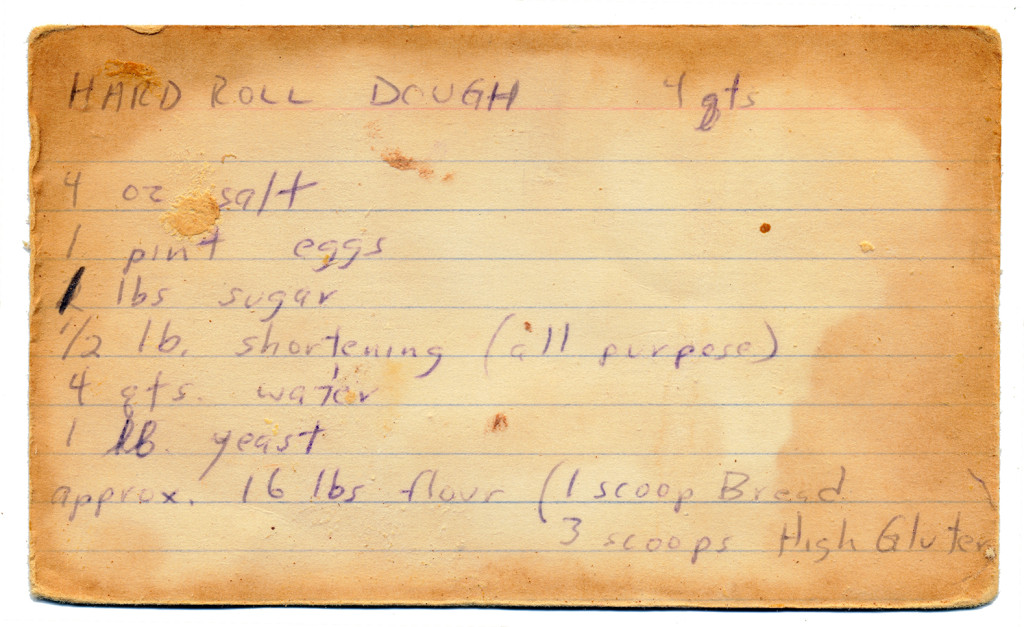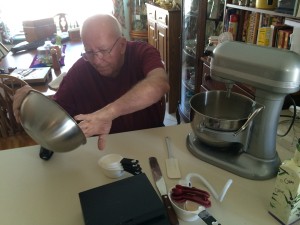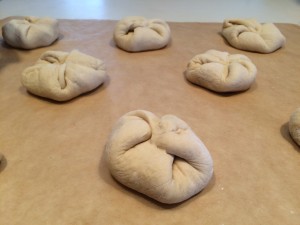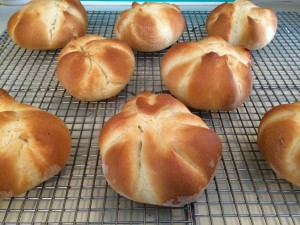Cinnamon Raisin Bread
One of Uncle Ed’s favorites, cinnamon raisin bread. We wanted to make something I could take home for Jen, as a sort of peace offering for taking a 10 day vacation while she worked. That makes up for it, right?
- 1 cup warm water
- 2x 1/4oz active dry yeast pkts
- 3 eggs
- 1.5 cups sugar
- 1 tsp salt
- 1/2 cut soft butter
- 1 cup raisins
- 8 cups all purpose flour
- 2 tbsp milk
For the slather
- 3 tbsp sugar
- 2 tbsp melted butter
- 3 tbsp cinnamon
Really, scald the milk, mix it all up, roll out into 3 even strips for 3 total loaves, slather in butter, sprinkle with cinnamon and sugar, roll it up tight, proof it right in the pan, and bake 45 min at 350. That’s it. A lot of ingredients but a simple product.
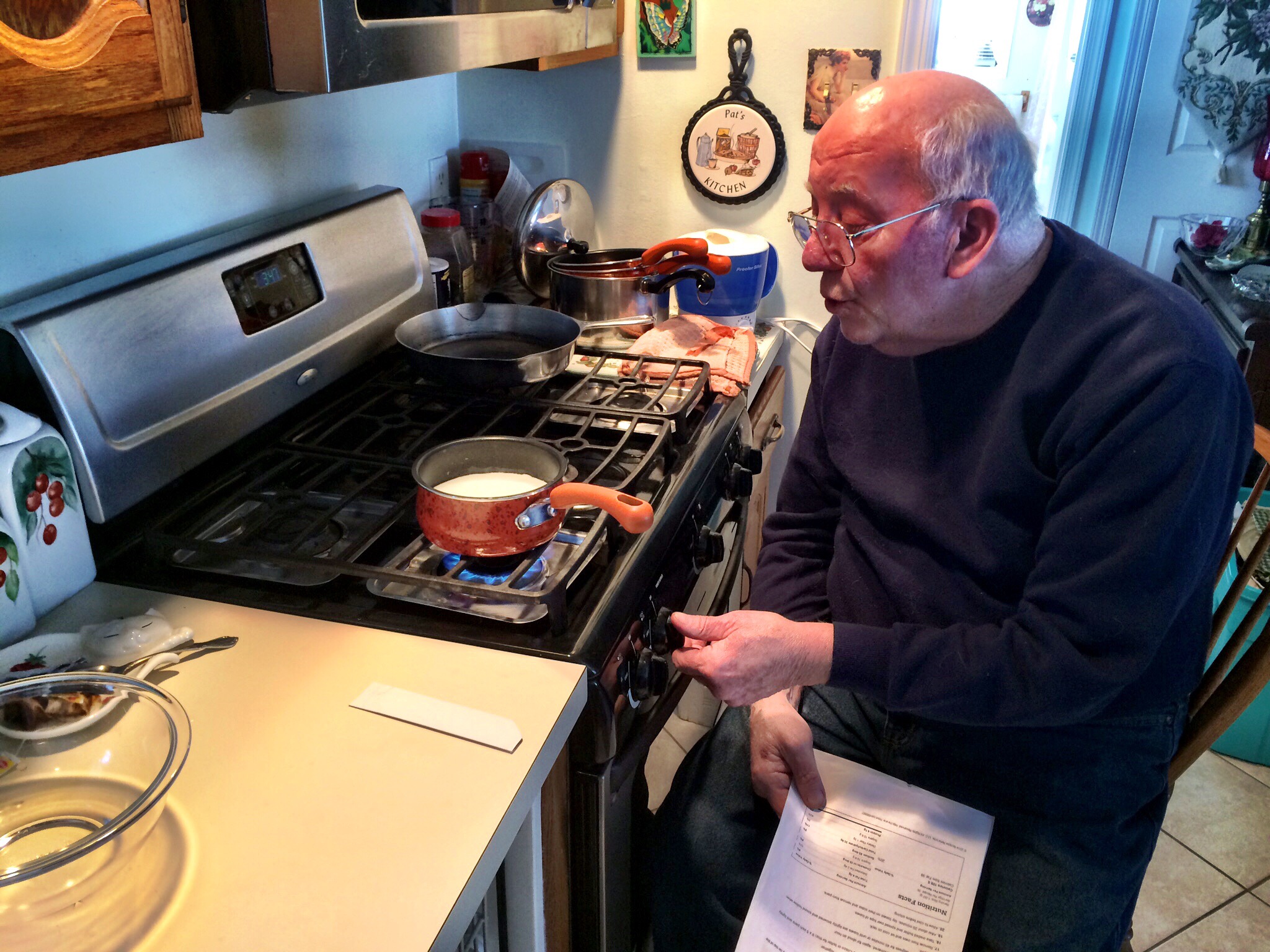
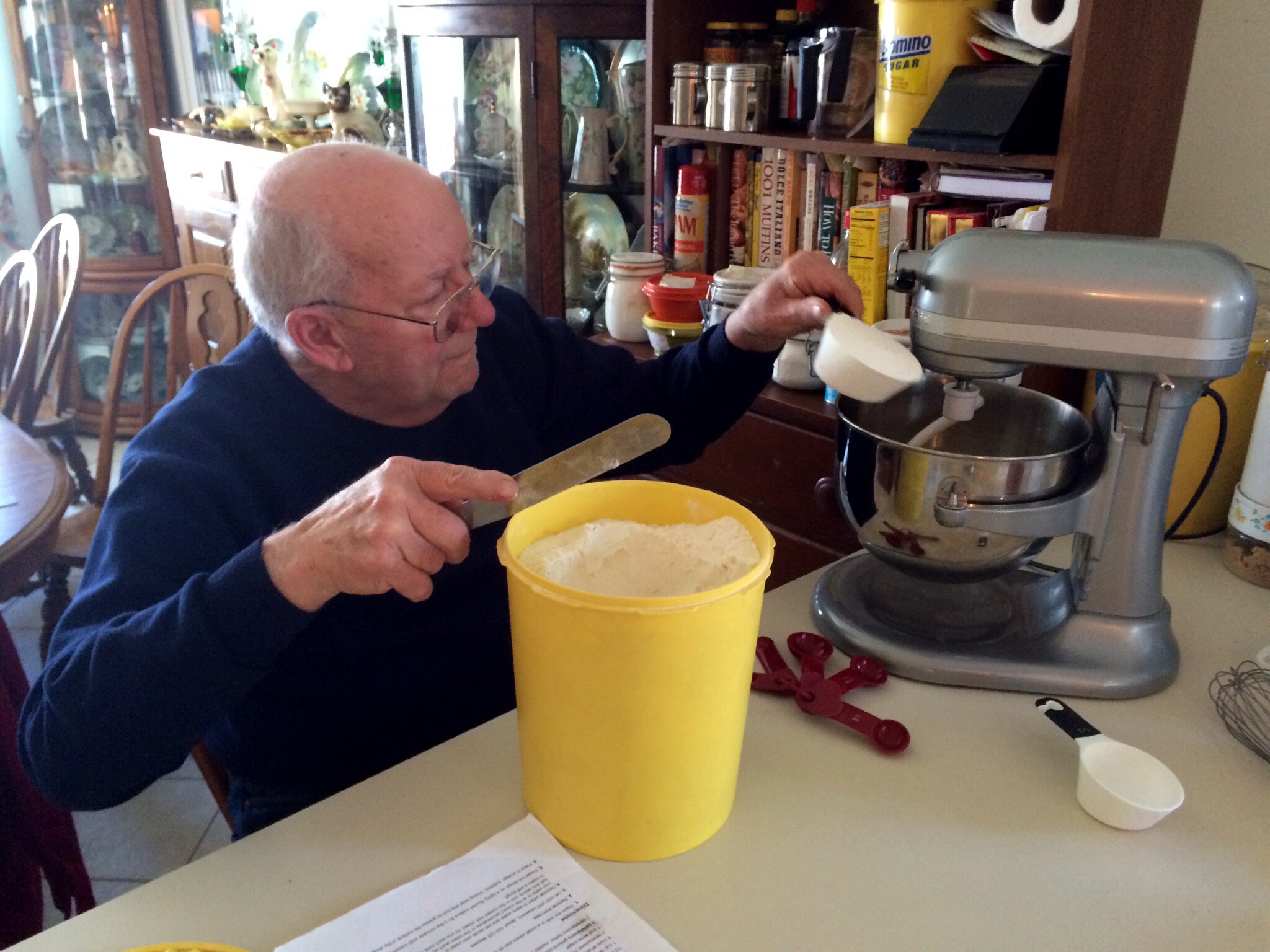
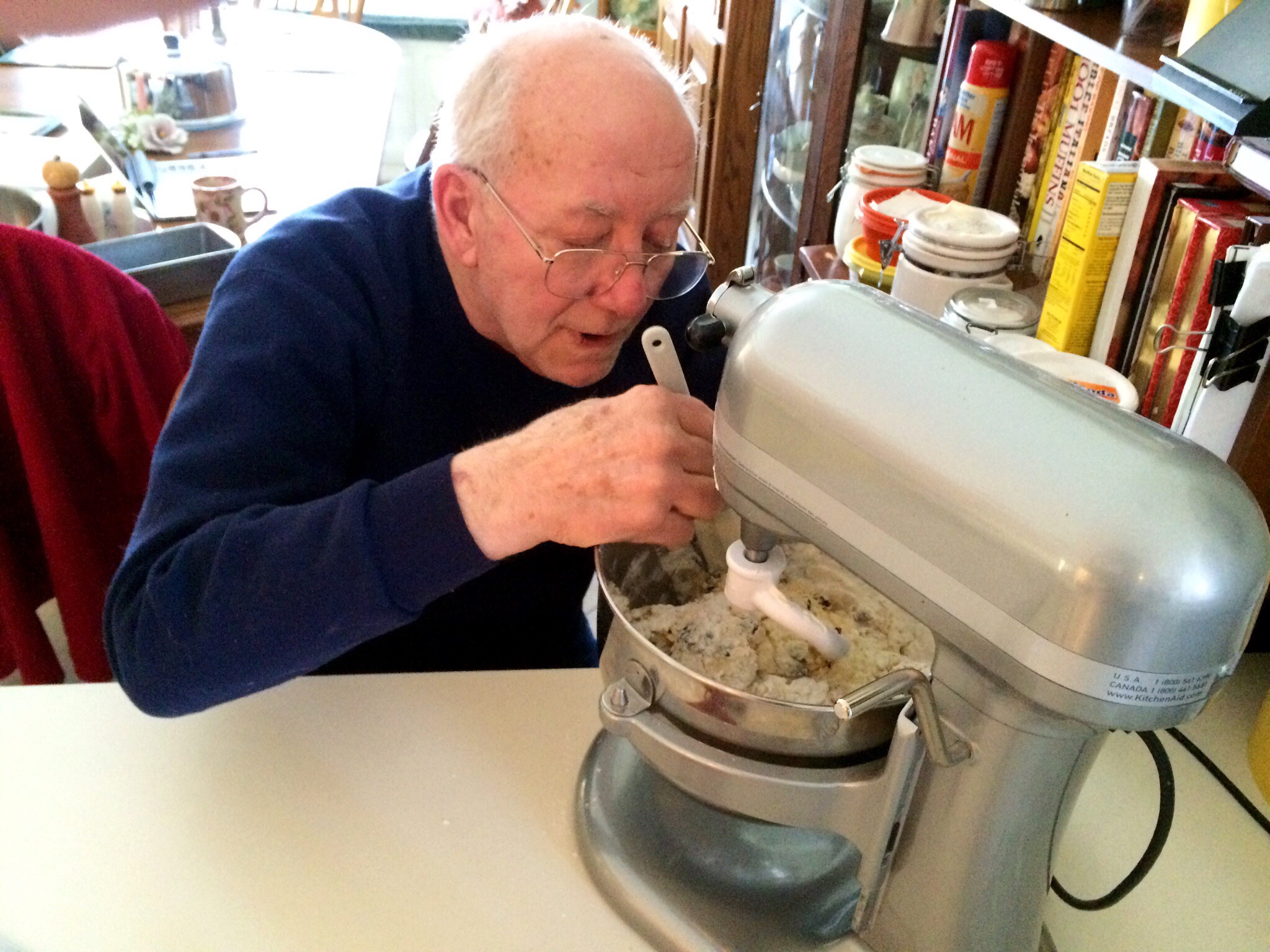
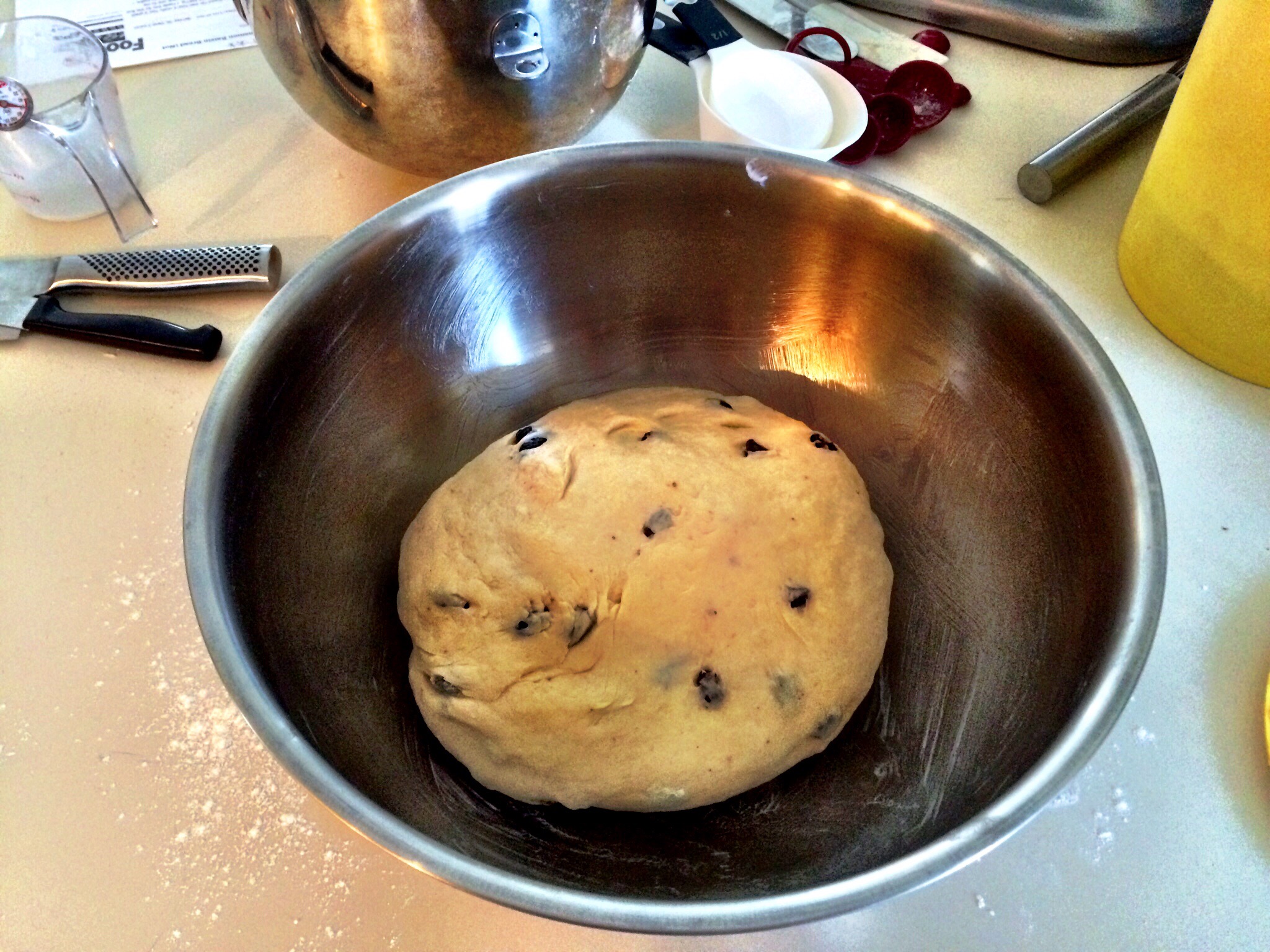
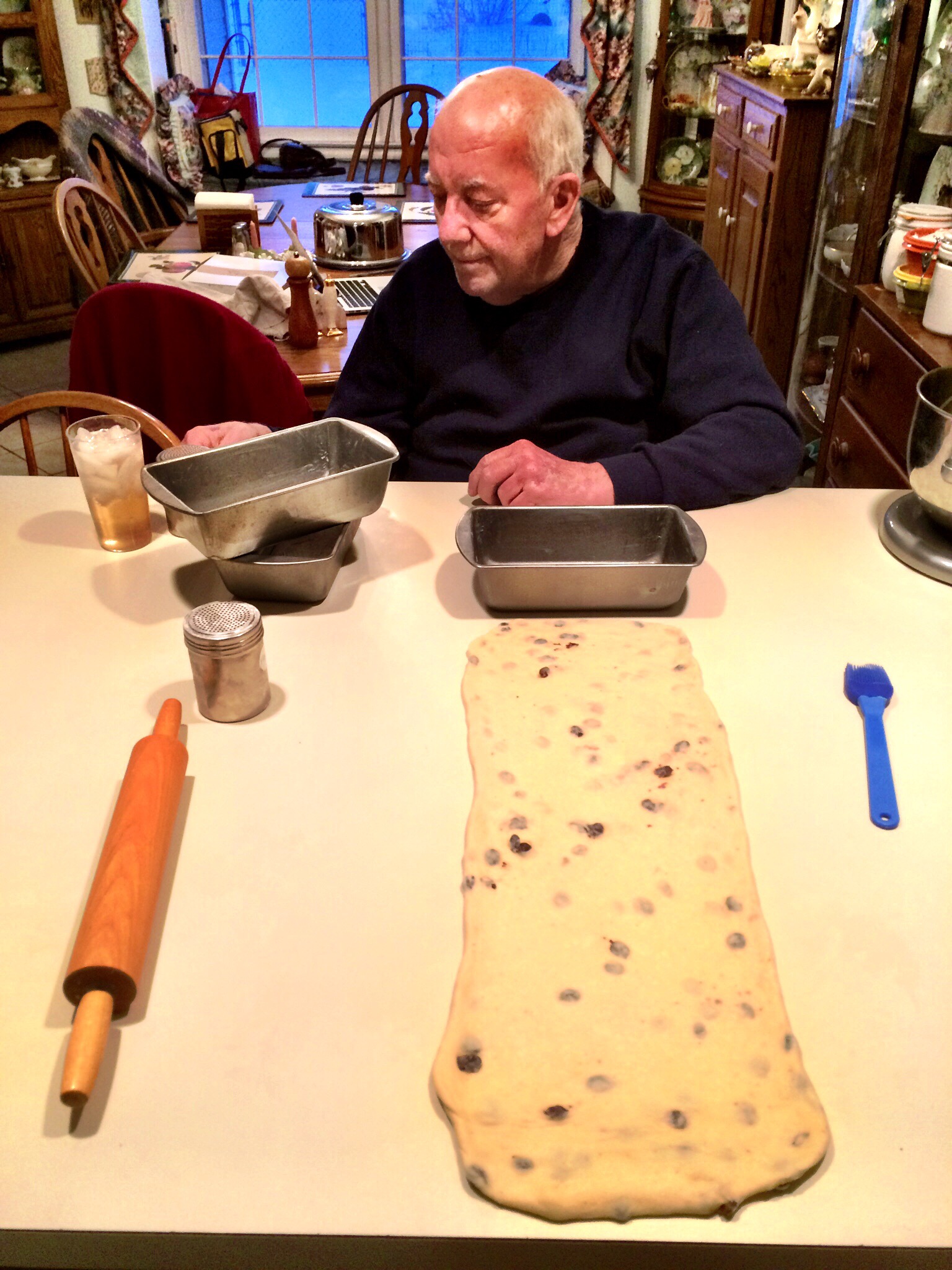
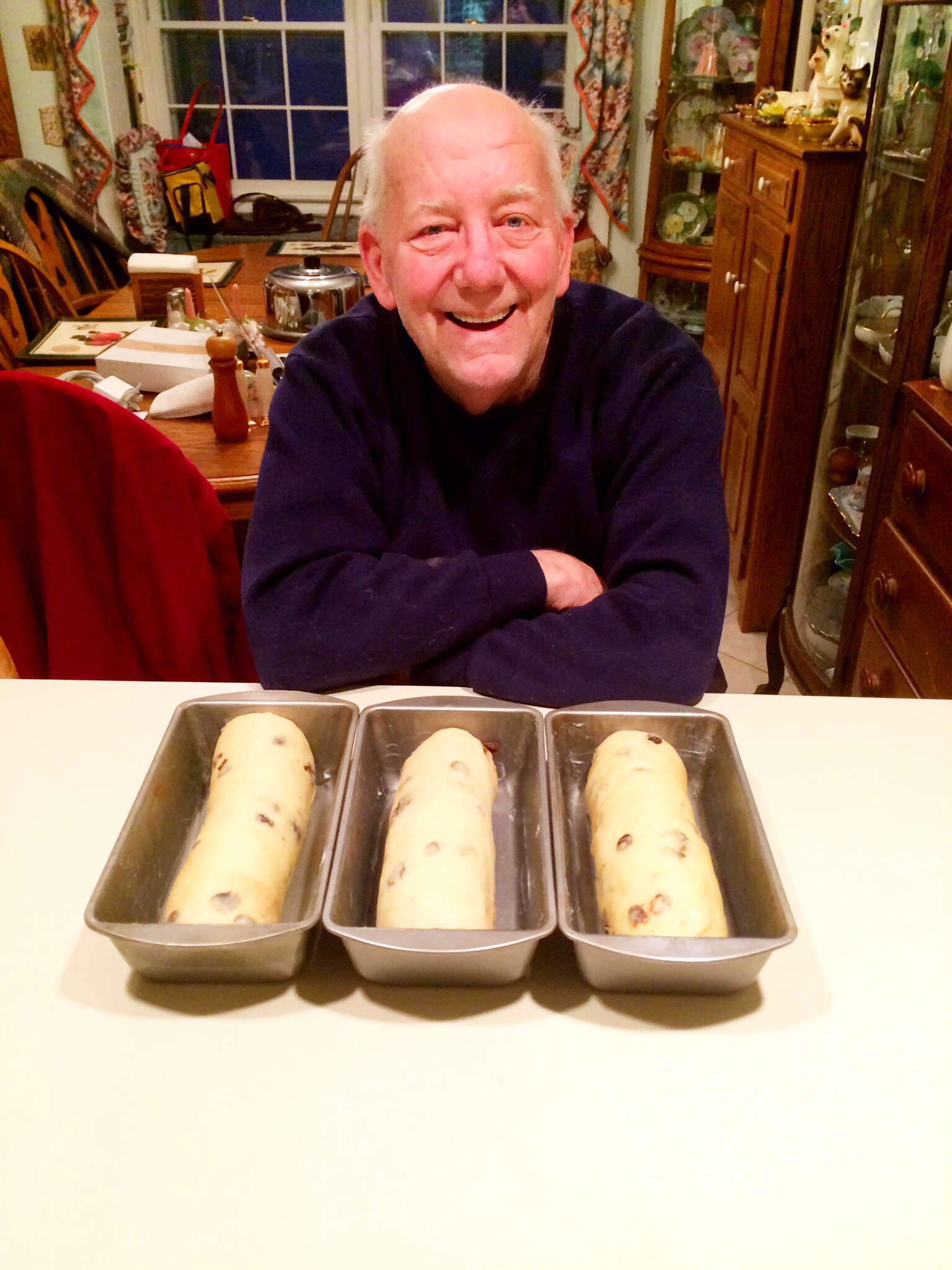
Biscuits
I had to enlist Uncle Ed in showing me the 1951 method of biscuits recipes from “the bible” of home cooking.
Standard Biscuits:
- 2 cups all purpose flour
- 1/4 cup shortening or butter
- 2 tsp baking powder
- 1 tsp salt (I use 2)
- 3/4 cup milk
Sift flour, powder and salt, cut in butter and knead till smooth-ish, not all smooth. Roll out half inch thick and cut to size.
I really wasn’t listening when he told me not to roll them too thin. My first batch, plain hockey pucks. I’ll spare you the photos, just stuck with a half inch or more.
Onward and upward.
Parmesan Garlic Biscuits:
Standard biscuit recipe but a cup of shredded Parmesan and a minced whole garlic kneaded into the dough.

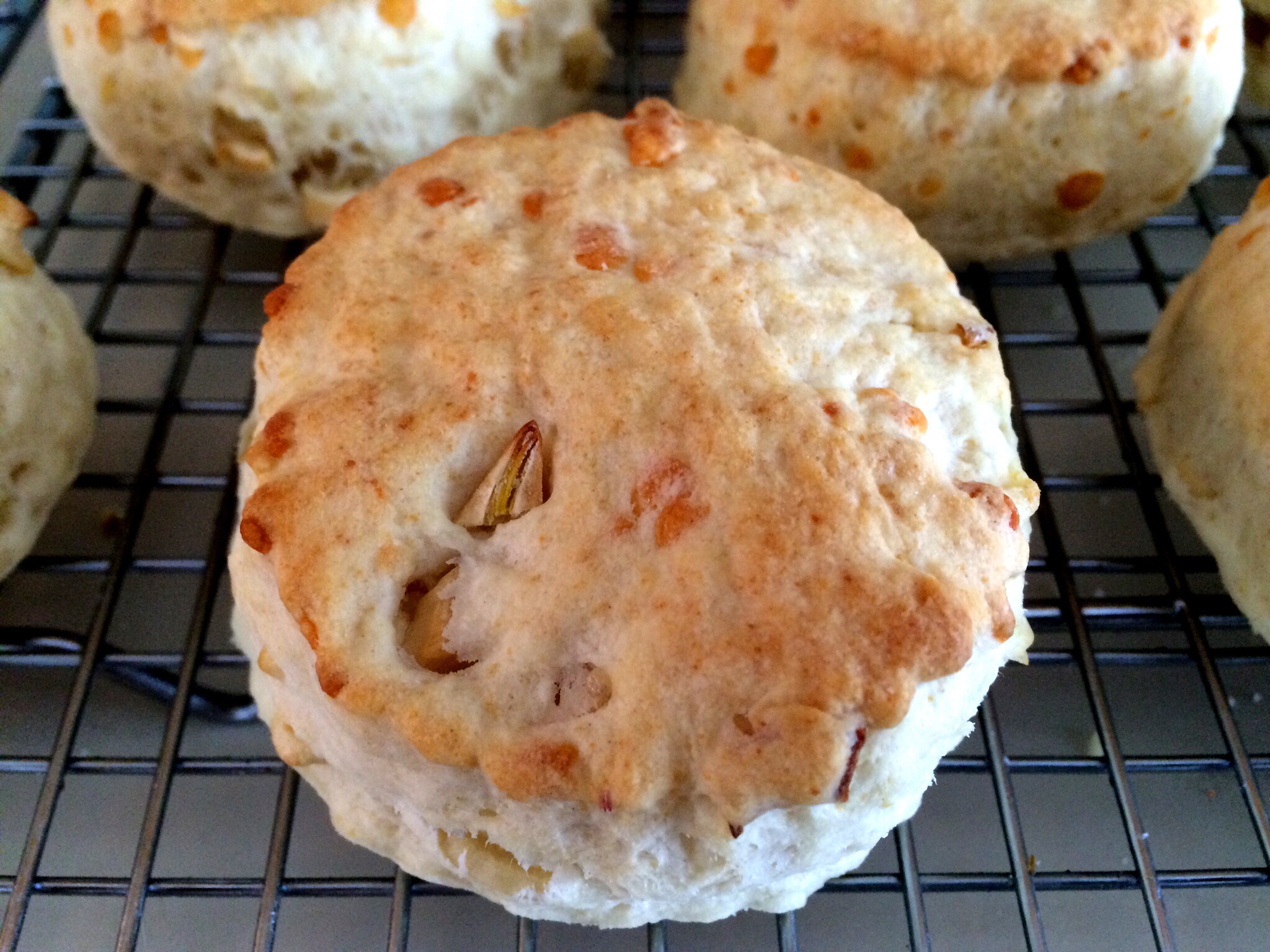
Jammers:
Standard biscuits but with a depression pinched in and baked with jam. Nothing to it.
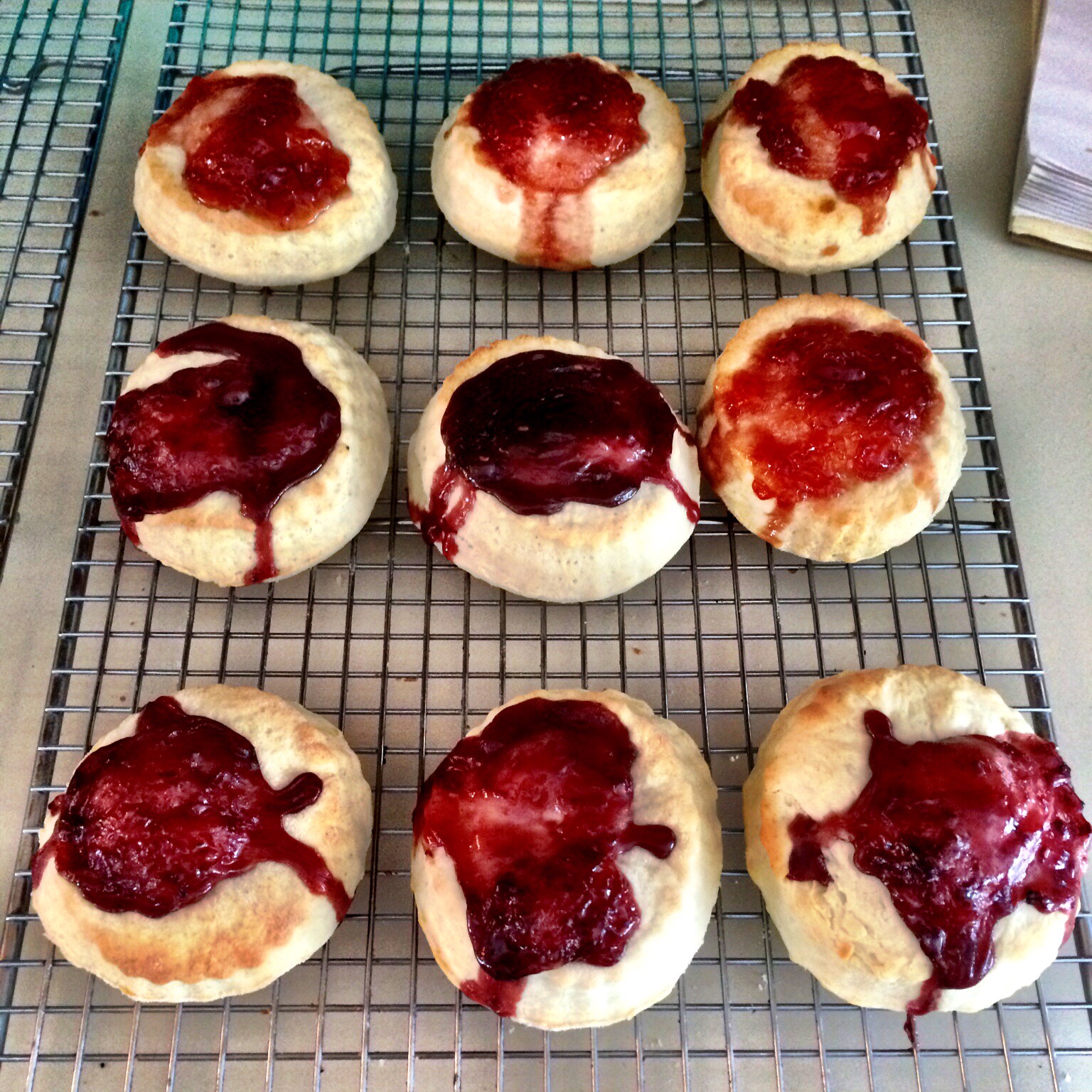
Italian Bread
Many of my Grandfather’s recipes are scratched onto slips of paper, or the back of other recipes. Today I took a shot at Italian bread. In typical Ed Green style, there are zero baking instructions, mixing tips, or process notes of any kind.
Recipe Conversion:
4 1/2 cups flour
1 2/3 cups water
1 egg
1 tbsp butter
1 tbsp yeast
2 tsp salt
First, for these old school, non-artisan, staple breads I use my Kitchen Aid mixer and dough hook. We’ll go through the artisan process some other time.
My faucet put out about 110 degree water at its hottest setting, so I aim to put ~100 degree water in with the yeast to start. Uncle Ed’s helpful note is to use water between 95-105, but admittedly it’s a moving target. Yeast will start to die off at 120. I have a handy point and shoot IR thermometer that I love.
I mixed the yeast and water inside the mixer while getting the rest of the ingredients going. It’s easiest in my mind to add the rest of the wet ingredients to the mixer, and add the the dry ingredients into the running mixer.
While my Grandfather’s recipe called for 12 min at his ~20lb scale, I feel like I got a great consistency at ~4min on 2nd speed.

I gave this ~20 min and it was nearly risen to double size. I ended up giving it 30 min, though as it is Summer in Chicago, my kitchen is over 80 degrees, thus speeding my sit times.

Time to beat down and shape into loaves.

I let them proof maybe 20 min longer, until about double the size above. They were a bit over proofed in the end, as there was almost zero spring back when I poked them, but if you set a timer instead of start a movie, your results may be better. A quick egg wash, a score with a box knife, and into the oven at 350 for 20, 25, 27, 28 minutes until they sound hallow when you knock them on the bottom. I’m not sure how to explain this. Just pay attention to the first one you make and then adjust as you see fit next time.
And done. Not the best oven spring ever, but much better than anticipated for how over proofed they were.


